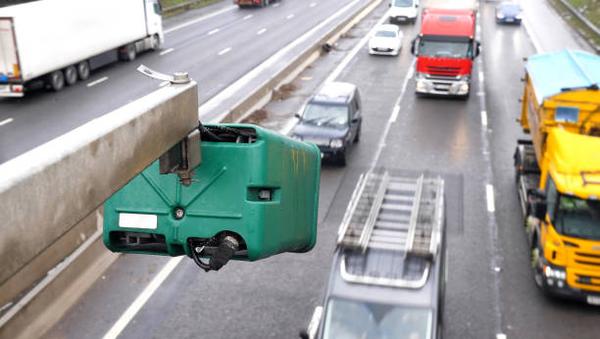Malaysia, in an age when technology is constantly transforming our lives and reshaping the way we live it, has taken bold steps to enhance road safety with its innovative program of traffic cameras. The need for traffic management to manage the increasing number of cars on the roads and accelerate urbanization has never been greater. Malaysia’s use of high-tech traffic management solutions is a result of a proactive strategy to improve road safety.
The core of the initiative is an extensive network of high-tech traffic cameras strategically located throughout cities. These cameras, which are state of the art, serve many purposes. They monitor traffic flow and custom traffic detect violations. The cameras use high-resolution imagery and real time data processing to provide an analysis level that is unmatched by traditional methods.
The traffic camera program has a significant impact on reducing accidents. The cameras work as powerful deterrents by documenting and capturing traffic violations, such as reckless driving and speeding. Knowing that their actions are monitored will encourage drivers to obey traffic rules, resulting in safer conditions on the road for all. Data collected by authorities can also be used to target interventions in high-risk locations, further improving safety.
Malaysia’s Traffic Camera Program contributes not only to the promotion of compliance with traffic rules, but to an effective traffic management. Cameras provide information in real time on the traffic situation, which helps authorities react quickly to accidents, roadblocks, and congestion. The data collected can be used by traffic planners to develop adaptive traffic signal solutions and smart traffic solutions. These will help optimize traffic flow and minimize the negative environmental impacts of cars that are left idling.
Drivers are encouraged to take responsibility for their actions. The benefits go far beyond safety and traffic management. It is important to encourage a responsible driving culture when drivers know that they are being monitored. In a country as diverse as Malaysia, in which cars, bikes, cyclists and pedestrians all share the road, this is of particular importance. This program creates an atmosphere where everyone can drive with confidence by encouraging the respect of traffic laws.
Malaysia is also aligning its commitment to high-tech street safety solutions with global trends toward smart cities. Integration of technology in infrastructure is essential to sustainable urban development. The traffic camera programme is an important step in creating a smarter, more responsive city where data can be used to make better decisions and improve the safety of citizens and their quality-of-life.
Engagement of the community is essential to this program’s success. It is important to run public awareness campaigns in order to inform citizens of the importance and advantages of using traffic cameras. Involving the public in conversations about road safety and responsible usage of technology can help authorities foster an atmosphere for collaboration that promotes active participation. This not only improves transparency, but builds trust between governments and their citizens.
Malaysia’s traffic camera program has the potential to make further improvements in road safety. The future enhancements could include the integration of artificial intelligence to provide a more advanced analysis and better predictability. It is also possible to extend the safety benefits of this program outside of urban areas by expanding the camera network into rural areas.
Malaysia’s Traffic Camera Program is an example of high-tech solutions that can help create safer roads for everyone. The country’s embrace of innovation not only helps it to address current issues, but also sets an example for other countries. Malaysia will become the leader of smart traffic management as technology evolves. It is setting up a future in which safety and efficiency on all roads are paramount. It is this commitment to harnessing technology that reflects the vision of progress, which puts the well-being and harmony of future generations first.
























